The photographer Leonard Sussman who joined the SAS cruise with USCGC Healy in 2022, invites you to the opening of an exhibit of photographs in New York!
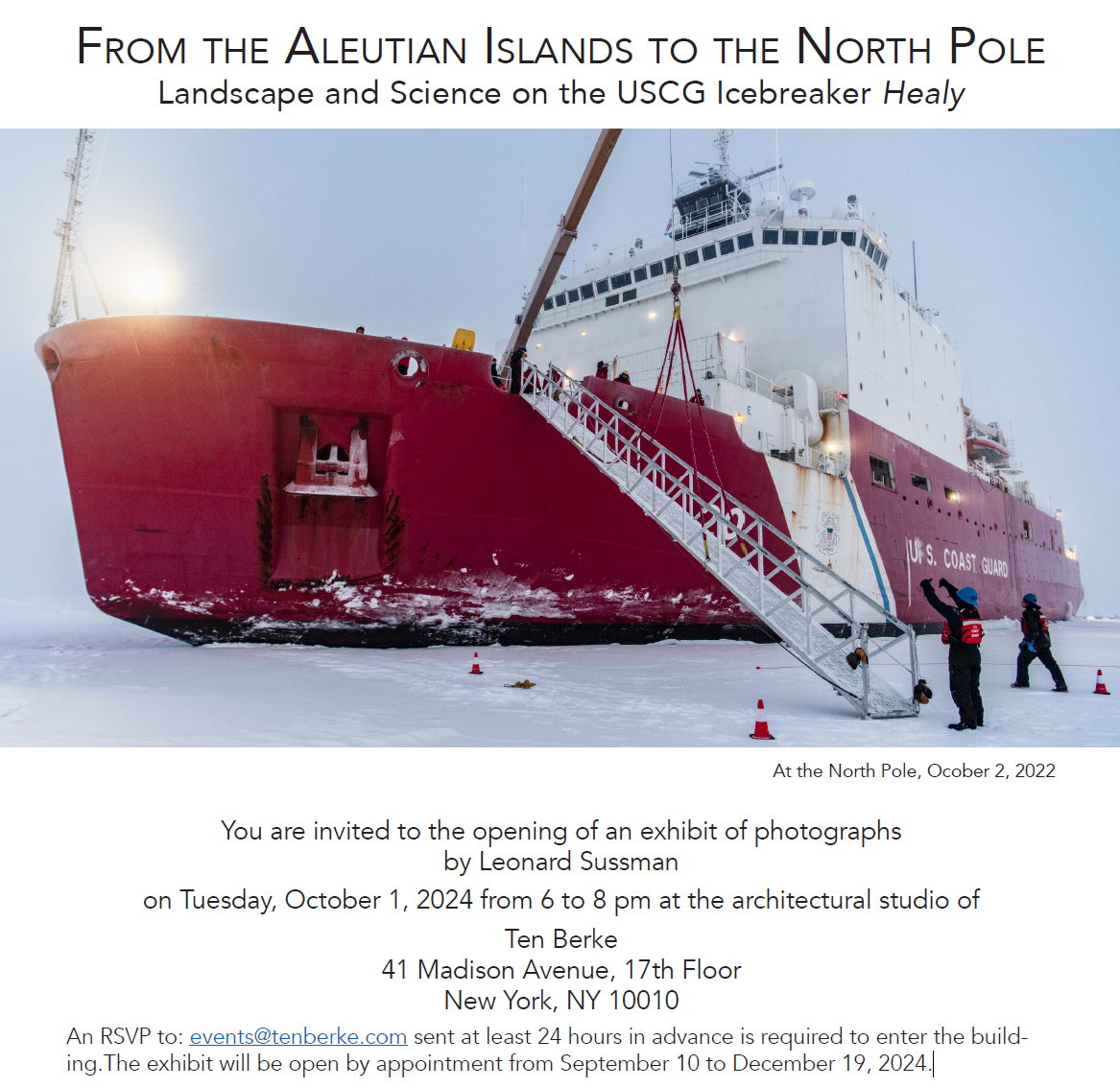
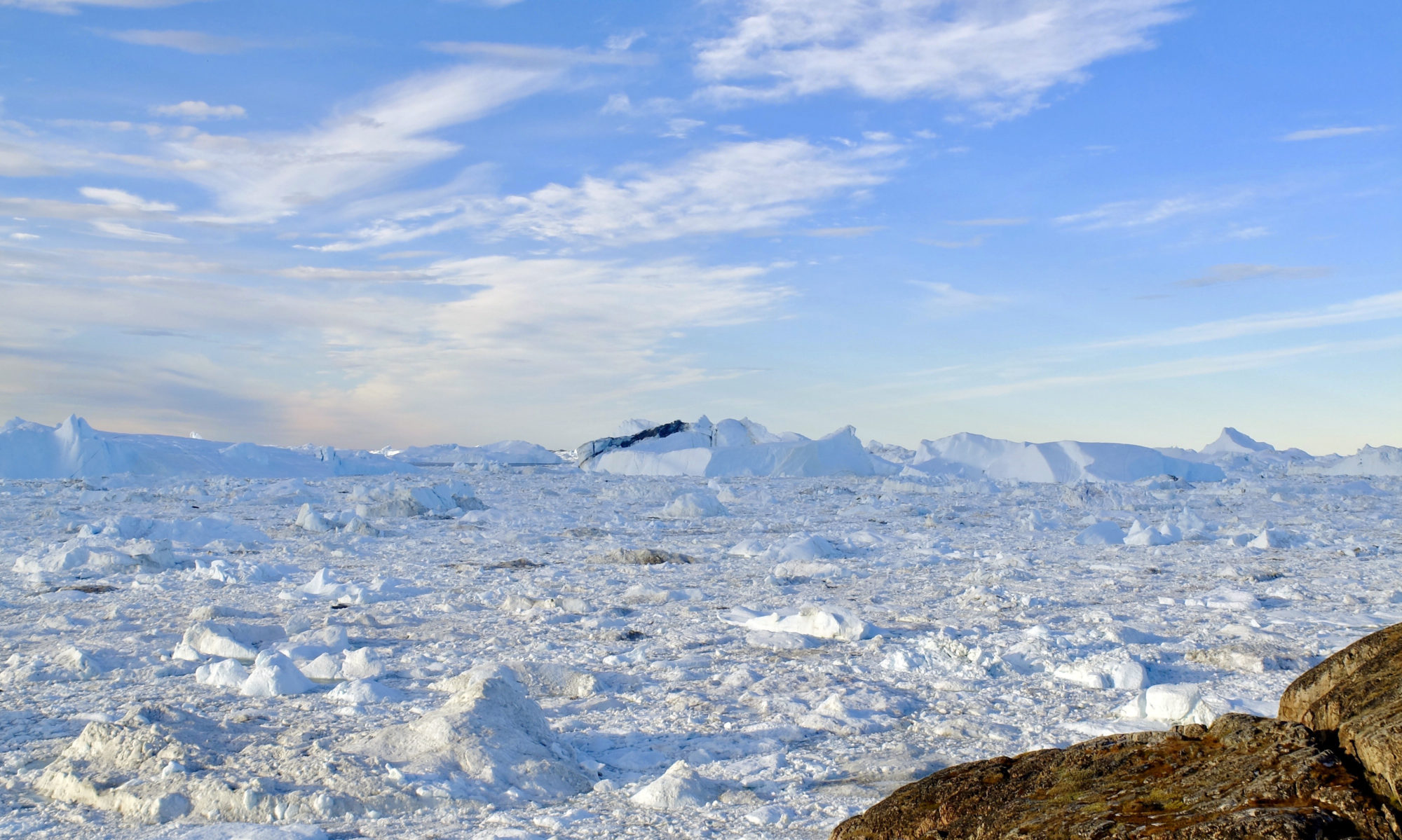
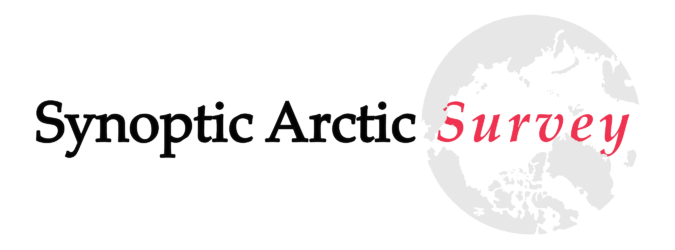
– a research program to understand climate change in the Arctic Ocean
The photographer Leonard Sussman who joined the SAS cruise with USCGC Healy in 2022, invites you to the opening of an exhibit of photographs in New York!

Zoom webinar #4 2024 on Monday 23 September, 12:00 – 13:30 UTC
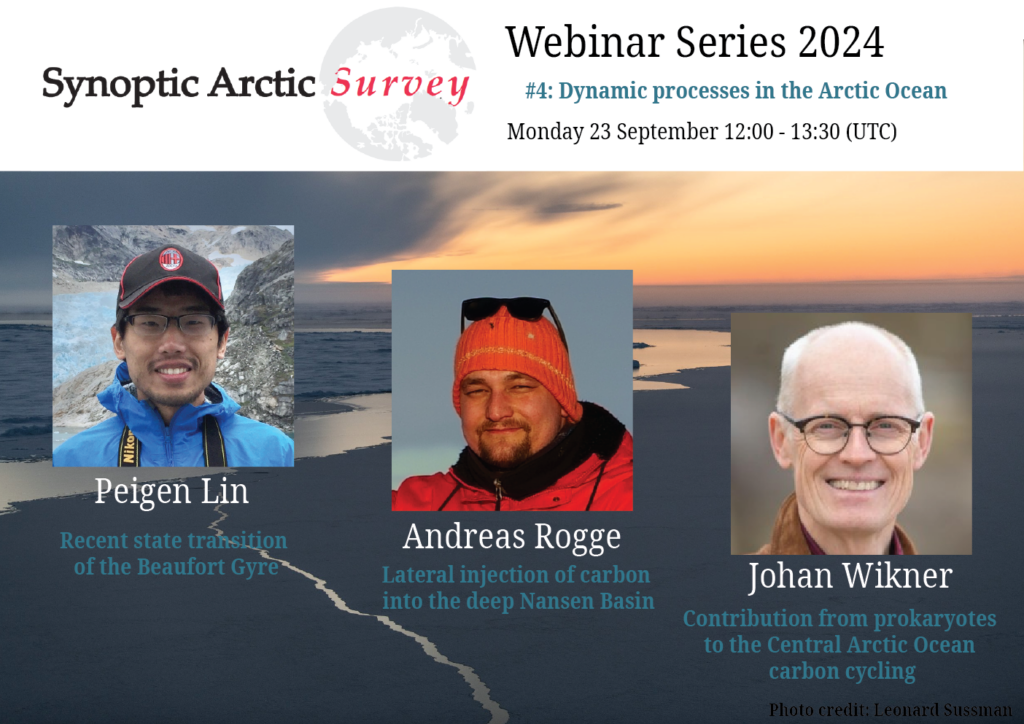
The Synoptic Arctic Survey (SAS) aims to map the present states and ongoing changes of the Arctic Ocean ecosystem, carbon cycle and associated hydrography. It does so by enhancing ongoing ocean monitoring with ship-based measurements.
This webinar showcases how ocean dynamics influences different processes of the Arctic Ocean. The circulation of water masses redistributes nutrients that provide the sustenance for the lower trophic levels of food webs in the marine ecosystem. It will be moderated by Øyvind Paasche, the chair of the SAS scientific steering committee, who will also give a brief introduction to the SAS initiative. There will be three solicited talks with room for questions and discussions:
The webinar will take place in Zoom. If you would like to join the webinar, please register to receive the meeting link:
https://skjemaker.app.uib.no/view.php?id=17652163
Continue reading “SAS webinar: Dynamic processes in the Arctic Ocean”
Zoom webinar #3 2024: on Monday 17 June, 12:00 – 13:30 UTC
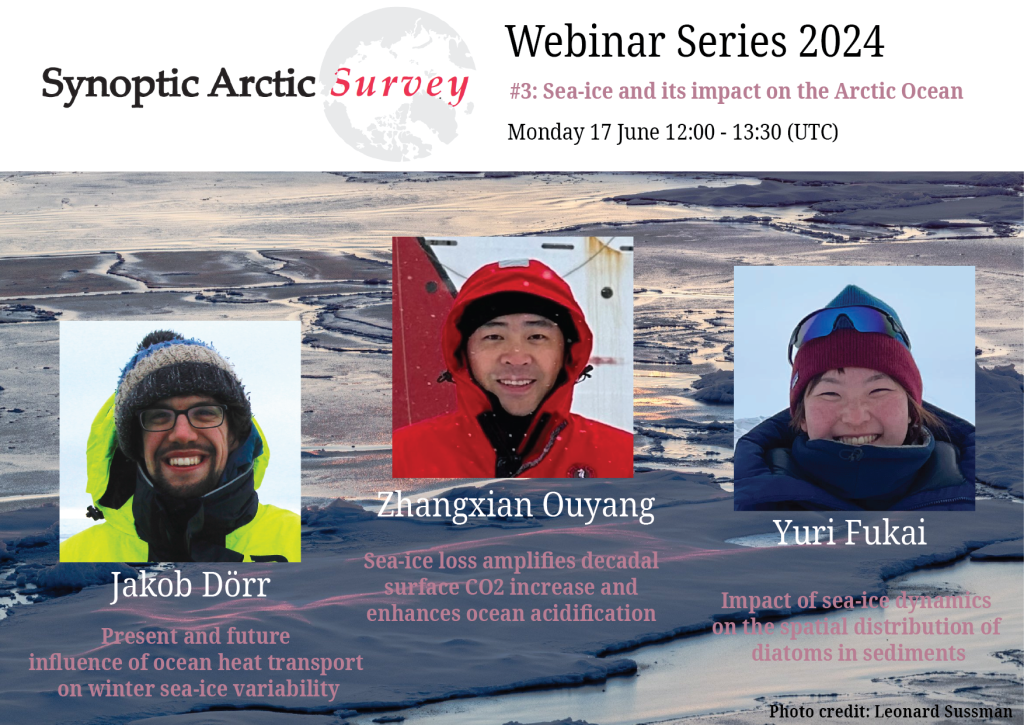
The Synoptic Arctic Survey (SAS) aims to map the present states and ongoing changes of the Arctic Ocean ecosystem, carbon cycle and associated hydrography. It does so by enhancing ongoing ocean monitoring with ship-based measurements.
This webinar showcases how the characteristic sea-ice in the Arctic Ocean is varying, and how changes in sea-ice cover affect both the global carbon cycle and Arctic marine ecosystems. It will be moderated by Are Olsen, the co-chair of the SAS scientific steering committee, who will also give a brief introduction to the SAS initiative. There will be three solicited talks with room for questions and discussions:
The webinar will take place in Zoom. If you would like to join the webinar, please register to receive the meeting link:
https://skjemaker.app.uib.no/view.php?id=17315580
Continue reading “SAS webinar: Sea-ice and its impact on the Arctic Ocean”